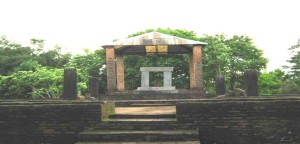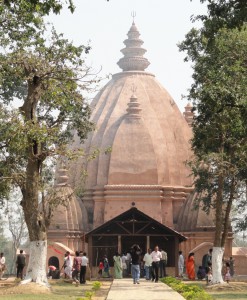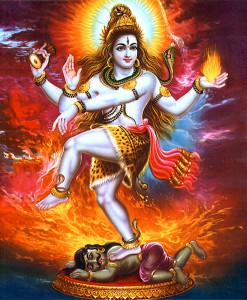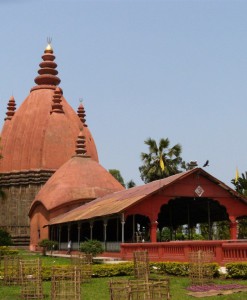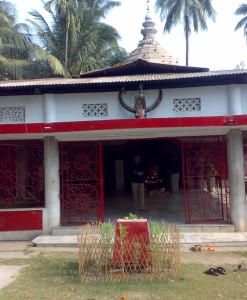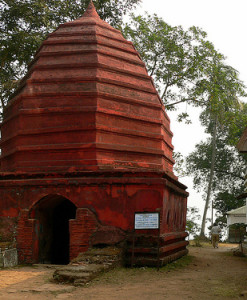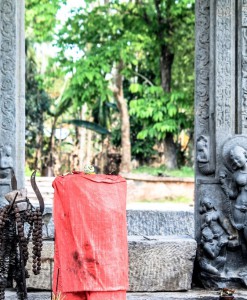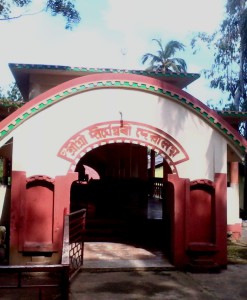No products in the cart.
Tezpur, the city of mythology, folklore, and legends, is situated in the Sonitpur district of Assam. Situated amidst lush green valleys and lofty snowcapped peaks of the Himalayas, the city is the ultimate travel destination of every tourist and nature lover. A few kilometers west of the city are the remnants of one of the oldest and the finest illustrations of sculptural or iconoclastic art in Assam – Da Parbatia Temple. The carvings and imprints on the doorframe of the temple bear the typical pattern of the early Gupta School of sculpture.
Da Parbatia Temple, Tezpur;
The antiquities found at the Dah Parvatiya are inferred to have been from a temple complex built during the 5th or 6th century, prior to the Bhaskaravarman period. On the basis of the moldings of the torso and its architectural style it is inferred that the terracotta plaques are definitely not later than the 6th century; the altered form of motifs noted in Assam confirms this assessment.
This type of architectural feature, particularly in the molds of figurines of the ruins, is seen in North India, in the temples of the Bhumra and Nachha Kuthara which belonged to the Gupta period. Further confirmation of the dating is provided by the carvings of the river Goddesses Ganga and Yamuna, which are also akin to the Greek architecture with striking similarity to the Hellenistic art. The decorative elements of the ruins also have close similarity with those seen in the temples of Orissa.
During the Ahom period, a Shiva temple was built with bricks over the ruins of an ancient Gupta period temple. When the Ahom period temple was destroyed during the Assam Earthquake of 1897, the remains of Gupta period temple were exposed but only in the form of a door frame made of stone. Epigraphic evidence and ancient literature found here, supplemented by the ruins seen scattered around the area, also confirms that in the pre-Ahom period Gupta art extended into the early Medieval period.
The doorjambs of Da Parbatia Temple are adorned with the forms of two Goddesses, Ganga and Yamuna, standing with elegance and poise, with garlands in their hands. Besides this, the whole doorframe is also ornamented with beautiful and delicate foliage. Due to its exquisite architecture and elegant carvings belonging to the 5th and 6th centuries AD, the place is now a protected site under the auspices of the Archaeological Survey of India.
The excavated foundation of the temple of the Gupta period revealed the base of the garbhagriha (sanctum sanctorum) in a roughly square form measuring 8.925 feet (2.720 m) x 8.33 feet (2.54 m), which is enclosed by a circumambulatory passage leading to a colonnaded hall of rectangular shape. It is interpreted as a mantapa or outdoor pavilion. To the east of the mantapa is a mukhamantapa (front hall), which is of smaller size. In the open space of the garbhagriha there is a “stone kunda” or Vedi (altar) of 2.418 feet (0.737 m) x 2.66 feet (0.81 m) size with a depth of 5 inches (130 mm). It is also inferred from the exposed ruins that the original temple was built of bricks (of size 15 inches (380 mm) x 11.5 inches (290 mm) x 2.5 feet (0.76 m) which were in use in the 5th century, with door frames and sill made of stone.
The door frame made of stone, which stands in front of a large block of stone with a square cavity that held the original linga, is the most important find here that has carvings which attest to the Gupta period art form. The architectural depictions on this door frame are akin to the Gupta architectural features in Northern India, deciphered in the archaeological excavations done by Sir John Marshall.
By Road: One can easily reach the Da Parbatia Temple by road from any part of Assam. One can also hire a taxi to reach the temple & also auto services are easily accessible.
By Rail: The Temple is well connected through nearest Tezpur Railway Station
to major cities railway stations like Delhi, Agra, Mumbai, Chennai, Ajmer, Pali, Jaipur, Ahmedabad.
By Air: The Tezpur Airport is the nearest airport to Da Parbatia Temple.
The temple open ups at 6:00 AM and closes at 9:00 PM. During this period major part of the Lord Shiva rituals are performed. Archana, Abhishekam and Arathi are the daily rituals performed in the temple. Maha Shiva Ratri is celebrated is in a very grand way in this temple.
This complex is under the jurisdiction of the Archaeological Survey of India and its importance and notability is recorded under the Ancient Monuments and Archaeological Sites and Remains Act 1958.



